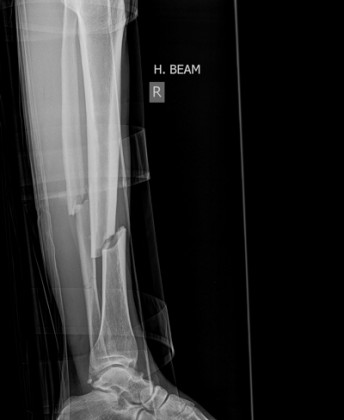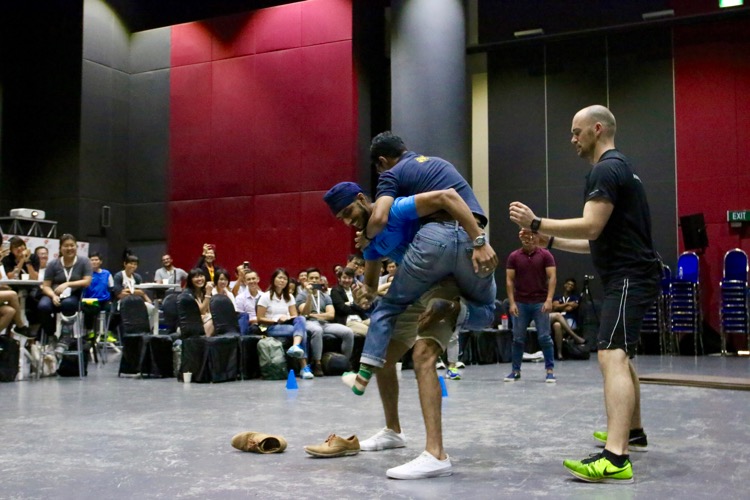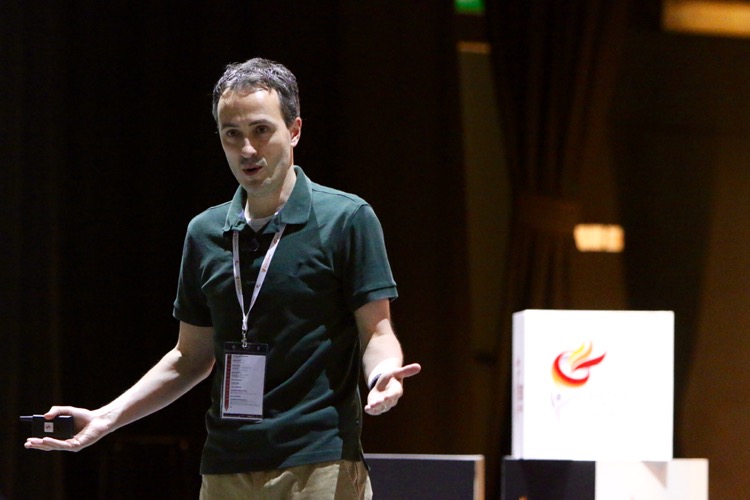Contributed by Back2Sports
Despite their mineral strength, bones can crack or even break if subjected to extreme loads, sudden impact or stresses from unusual directions. The medical term for a break in a bone is a fracture.
In the bone, bone-forming cells called osteoblasts are arranged in small groups within the substance of the bone and also under the periosteum, a tight-fitting membrane covering the surface of the bone. The role of the osteoblasts is to collect calcium from the blood and deposit it around themselves in the form of calcium phosphate and calcium carbonate. These two calcium compounds provide the bone with extraordinary hardness and rigidity.
Fracture healing is divided into four stages:
Stage 1
Immediately after a fracture (however small the fracture is), many blood vessels will be broken and extensive bleeding occurs. The blood lies between the bone ends and under the periosteum. Over a period of several hours, a large blood clot, or fracture haematoma, develops at the fracture site.
Stage 2
3 to 4 weeks after injury, an external callus, or enlarged collar of cartilage and bone, forms and encircles the bone at the point of fracture to stabilize the outer edges of the bone. An internal callus forms as a network of spongy bone (also known as cancellous bone) to unite the inner surfaces of the bone. Soon, cells from the cartilage of the external callus differentiate into osteoblasts and begin laying down new bone which fills the gap between the fragments and bulges out at the sides. At this point, the broken ends have been temporarily stabilized.
Stage 3
As the repair continues, osteoblasts replace the cartilage of the external callus with spongy bone. When this conversion is complete, the internal and external calluses form an extensive and continuous brace at the fracture site. Struts of spongy bone now unite the broken ends. Fragments of dead bone and the areas of bone closest to the break gets removed and replaced. The ends of the fracture are now held firmly in place and can withstand normal stresses from muscle contractions.
Stage 4
Over a period of four months to well over a year, the osteoblasts continue to absorb the callus and form new bone. This process is known as remodelling. When remodelling is complete, the bone of the calluses is gone and only living compact bone remains. The bulge at the sides of the fracture site will also be gone, returning to its original shape.
Back2Sports – Sports Injury Management is a division of the Core Concepts Group, a leading musculo-skeletal therapy specialist group in Singapore.








Leave A Comment